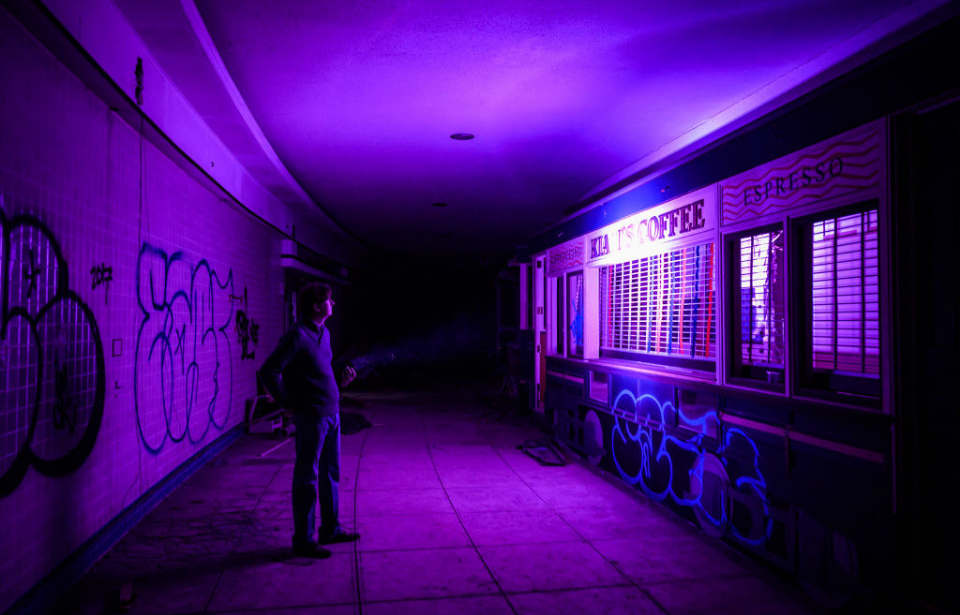The Dupont Underground is located beneath the streets of Washington, DC’s Dupont Circle neighborhood. Once traveled by thousands of commuters each day, the station was shut down in 1962, largely due to the increased civilian use of motor vehicles. Recently, the trolley station and its series of tunnels have seen renewed use as a place where artists can express themselves and showcase their work.
A solution to Washington, DC’s congestion issues
The first electric streetcar debuted in Washington, DC in 1890. It quickly caught on, and soon others were installed across the city, drawing power from overhead wires and ground rails. For many, the mode of transportation wasn’t just faster, but was a cleaner alternative to horse-drawn carriages.
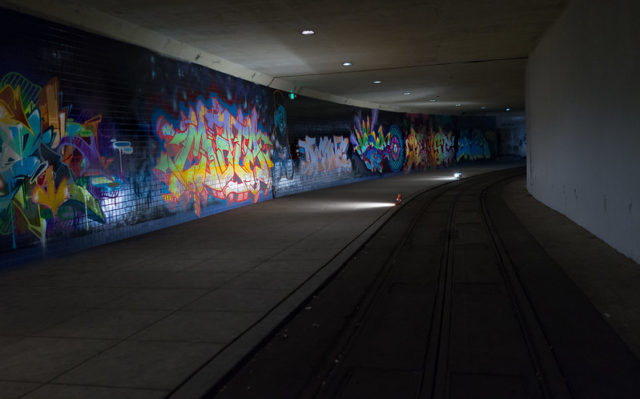
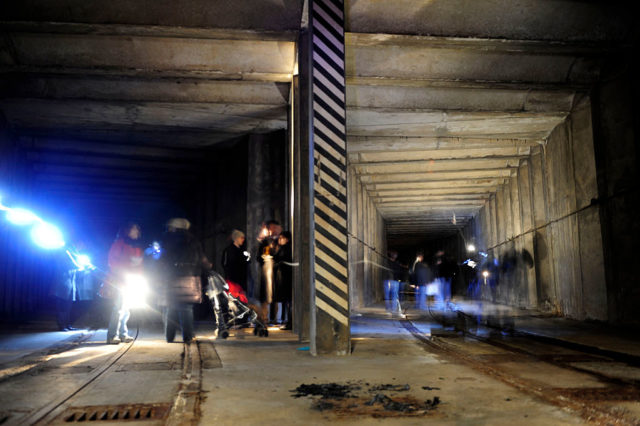
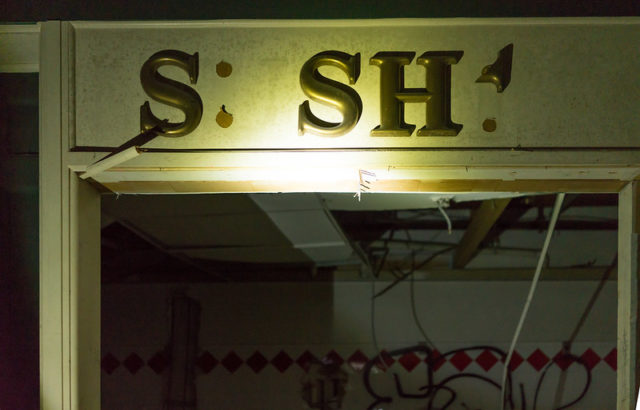
At the turn of the century and beyond, streetcars continued to grow in popularity. In fact, commuters were using them so much that Washington’s system became plagued with frequent delays, breakdowns and congestion. This issue only grew worse following the Second World War, especially in Dupont Circle, prompting city officials to brainstorm ways to improve the streetcar system.
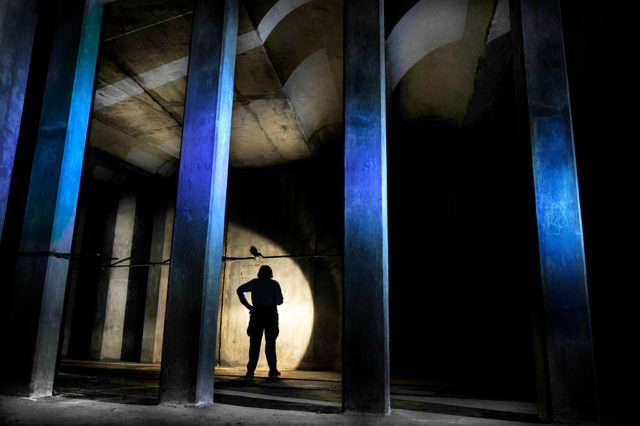
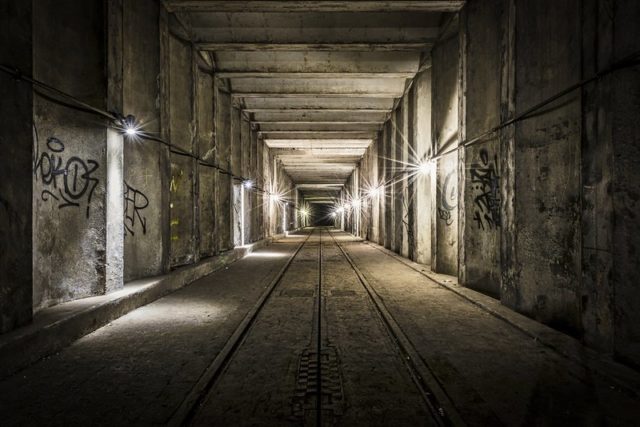
The solution: construct a station below ground. In 1949, construction crews began work on a trolley station, platform and series of tunnels below the streets of Dupont Circle, from N Street to R Street. Dubbed the Dupont Underground, it featured 75,000 square feet of tunnels that connected the underground streetcars to the aboveground system.
The Dupont Underground’s short-lived operations
Despite excitement over the Dupont Underground’s opening, it failed to catch on in the way city officials had hoped. In fact, as the years went on, Washington’s streetcar system began to see a decrease in ridership. On the plus side, it did accomplish its goal of alleviating traffic both in Dupont Circle and the surrounding area.
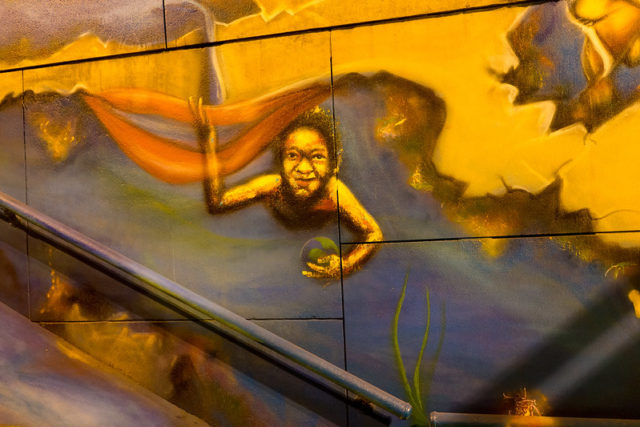
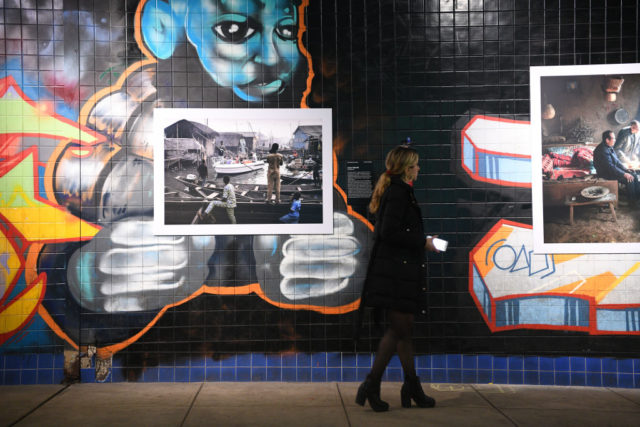
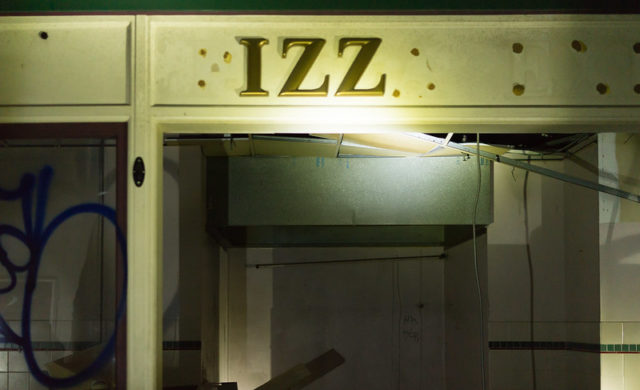
The Dupont Underground officially closed to the public in 1962. A number of reasons were cited for the closure, including the aforementioned decline in ridership, the rise in the use of motor vehicles across the United States and ongoing labor strife in the city.
A food court… Underground?
During the Cold War, the Dupont Underground was given a secondary use as a fallout shelter, in case the Soviet Union launched an attack on the US. As this didn’t happen, the site was largely used, instead, to house supplies such as equipment, water and rations. The station’s use as a civilian shelter ended in 1975 and the tunnels were sealed off.
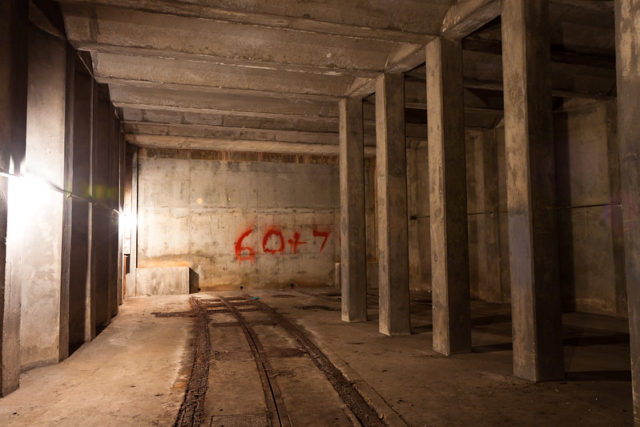
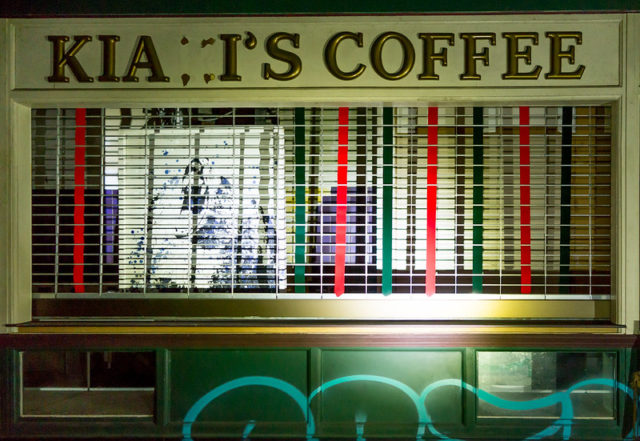
In 1995, entrepreneur and architect Geary Stephen Simon transformed the west platform of the Dupont Underground into “Dupont Down Under,” a 12-vendor food court. Each business was designed to look like an old streetcar, and while the idea seemed ingenious at first, it was quick to fail.
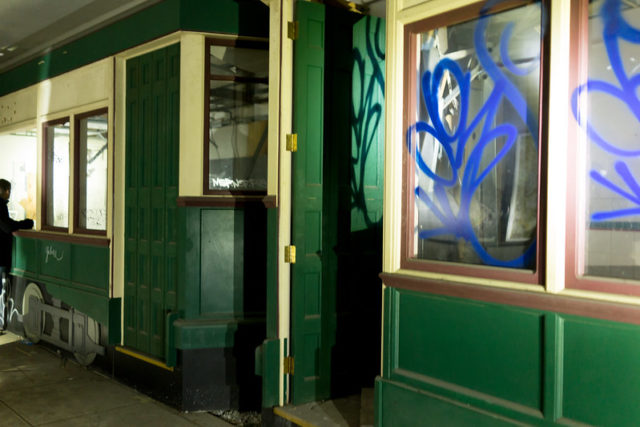
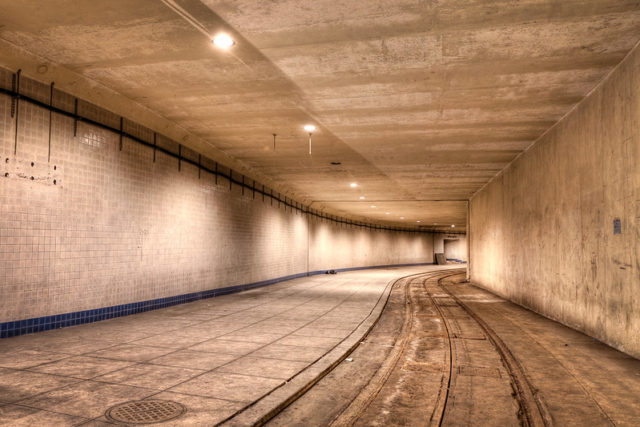
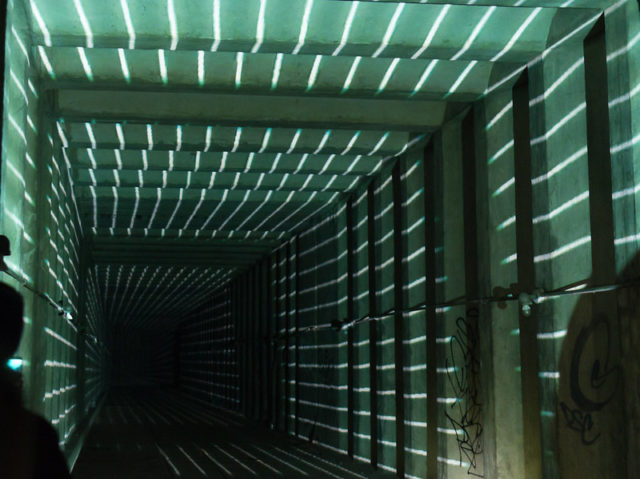
Ventilation and lighting were poor, meaning the Dupont Underground was not an appealing place to grab a bite to eat, and those employed to tend to customers were miserable, due to the windowless and dank working conditions. These were compounded by the fact that lawsuits had been filed against Simon for lack of payment on bills related to the project (totaling around $200,000). As it turns out, he had been convicted several times for fraud and had spent time in jail.
Within a few months, Dupont Down Under was officially shuttered.
The Dupont Underground becomes an artist’s haven
In late 2016, the tunnels making up the Dupont Underground reopened as an artistic space. 15,000 square feet of the streetcar line are used. The project was spearheaded by architect Julian Hunt, who upon moving to Washington saw a chance to turn the abandoned space into something special.
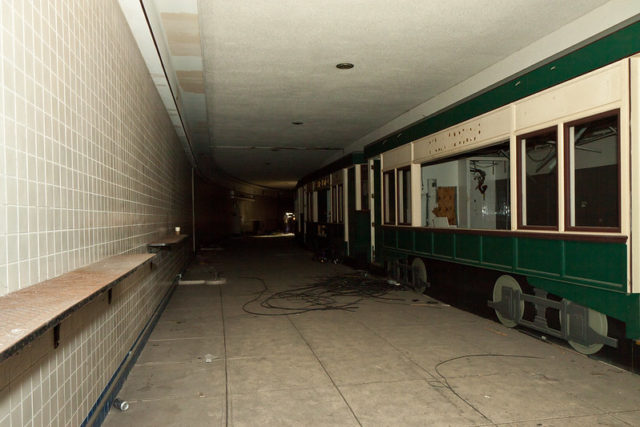
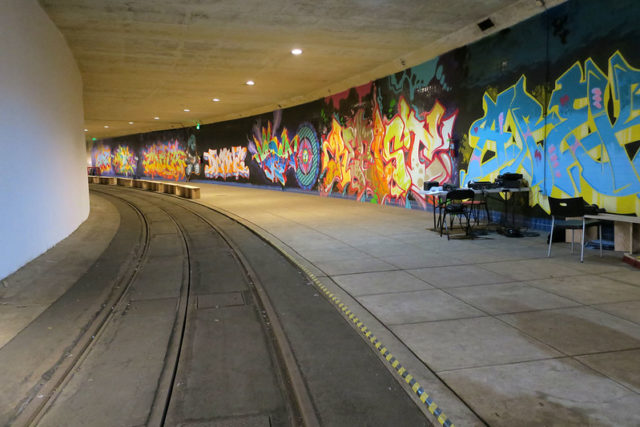
More from us: The Unlucky Cincinnati Subway Was Abandoned & Unfinished
In recent years, artists have worked to transform the tunnels into works of art, some of which incorporate the acoustics and light of the Dupont Underground. The majority of pieces are done in a graffiti style, while others are tucked away in the remains of the Dupont Down Under food court.
While visitors are free to visit the Dupont Underground during scheduled events, it’s advised they take precautions, as much of the tunnels remain in a state of disrepair and are lined with puddles, broken glass and rusted metal.
